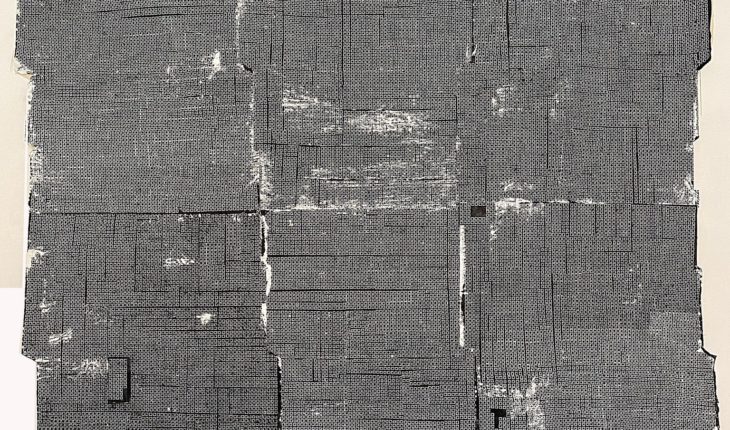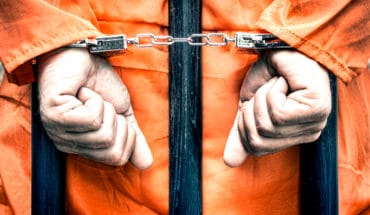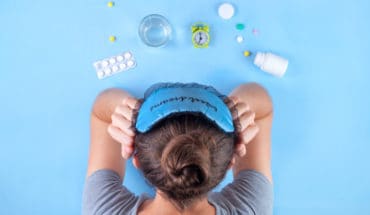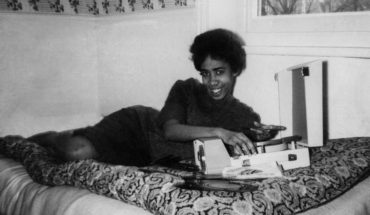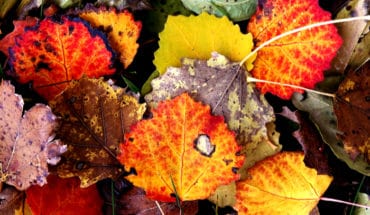Rebecca Wallersteiner takes a look at ‘Essentially Grey’ a new exhibition of pictures by Hanna ten Doornkaat at The MUSE Gallery, London which explores how colours influence our mood and emotions
Research has shown that environment and calming colours influences the speed of patients’ recovery. Your emotions and mood are influenced by the colours around you. Feeling blue, or green with envy? Certain colours, such as red, blue, yellow and green are known to have a positive psychological effect on us and enhance our mood. If you’re seeing red because you are livid, you might wish to visualize soothing green instead. Or enervating yellow, playful pink, or calming blue, or greys. At The MUSE Gallery, in London, until 4th October, ‘Essentially Grey’ is an exhibition of new work by artist Hanna ten Doornkaat teasing the viewer’s emotional response with the subtle use of colour.
Born in Heidelberg, Germany, living and working in the UK, ten Doornkaat’s medium is the graphite pencil and the occasional pastel pink, blue, orange or red. With echoes of Rothko, her monochrome colours such as grey, black, ghostly whites have a tranquil effect on stressed emotions, rather like looking at sea-mist on an autumn evening.
Hanna ten Doornkaat says, “A complex repetitive process of mark making and erasure – revealing and concealing – informs my drawing practice. The serial mark making mirrors the series of ideas involved in my drawings. I directly respond to the continual thread of fleeting moments in the online/social media experience, whilst drawing information and memories from art history – even though the visual result is non-descriptive or referential.” Colours change according to light but what the retina sees is not necessarily what the brain translates into our knowledge of colour.
By drawing hundreds of thin, straight lines ten Doornkaat builds up a density and layering. A small work can take her up to a week. She often explores the interrelationship between movement and mark and its expansion into spatial formations. Her use of subtle grey colours allow the viewer to focus on the work without distracting from the obsessively drawn lines, grids and marks on board.
The artist is both fascinated and frustrated by the plethora of imagery of social media and how this affects the subconscious mind. As the result of her background in sculpture she often views her multi-layered pictures as an installation. Her work is abstract and often based on geometric shapes. She is inspired by artists such as Sol LeWitt and Agnes Martin.
In colour psychology grey represents neutrality and balance. Grey can be overlooked but it is an interesting colour if you go a little deeper. The renowned Swiss sculptor Alberto Giacometti who preferred to work in greys said, “If I see everything in grey, and in grey all the colours which I experience and which I would like to reproduce, then why should I use any other colour? I’ve tried doing so, for it was never my intention to paint only with grey. But in the course of my work I have eliminated one colour after another and what has remained is grey, grey, grey!
Even chronic illnesses can be influenced by colour, by affecting mood, emotions and energy levels. It is therefore important for hospitals and medical centres to create a calming environment to help put patients and visitors at ease and have a positive effect on patients’ wellbeing and improve staff morale. Colours can encourage a therapeutic impact. Yellow, for example, is thought to be enervating and promote energy and happiness. However, too much yellow, or too bright a yellow is likely to have a negative effect. Stress may be eased with calming blues and greens and subtle greys, these colours evoke the colours of nature, reminding us of trees, fields, rivers, the sea and summer skies and are popular in hospitals.
Visiting Hanna ten Doornkaat’s exhibition is a good way to switch off from your pressurized job and complex problems with some art therapy.
Hanna ten Doornkaat studied sculpture at Kingston University and MA (sculpture) at Wimbledon School of Art (UAL). She was shortlisted for the Jerwood Drawing Prize, London, the Royal Academy Summer Exhibition and Derwent Art Prize. In 2019 she showed in ‘Personal Structures’ organised by the European Cultural Centre as part of the Venice Biennale and has exhibited in the UK, Germany, Australia, Canada and Belgium.
Essentially Grey (17 September to 4th October 2020), at the MUSE Gallery & Studio, 269 Portobello Road, London W11 1LR www.themuseat269.com
- People’s Choice Victory for Down’s Syndrome Scotland Garden at Chelsea 2025 - 28th May 2025
- Cadogan: A Chelsea Family By Tamsin Perrett - 3rd May 2025
- Dream Worlds a new exhibition in Cambridge - 14th December 2024

